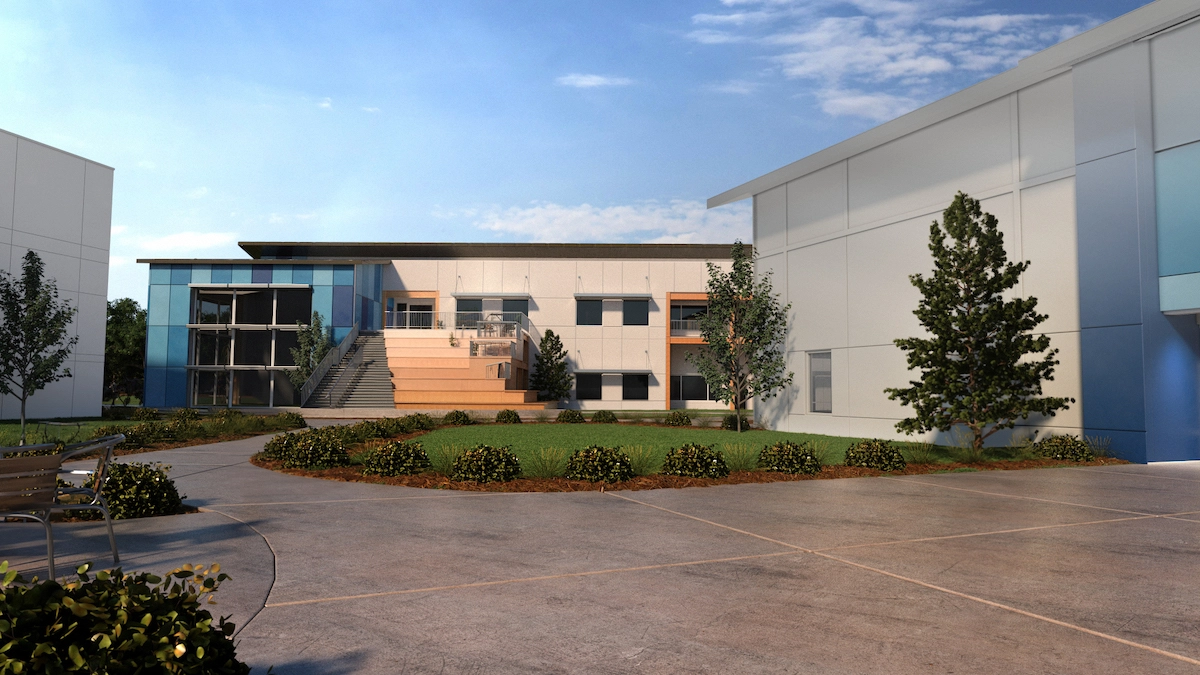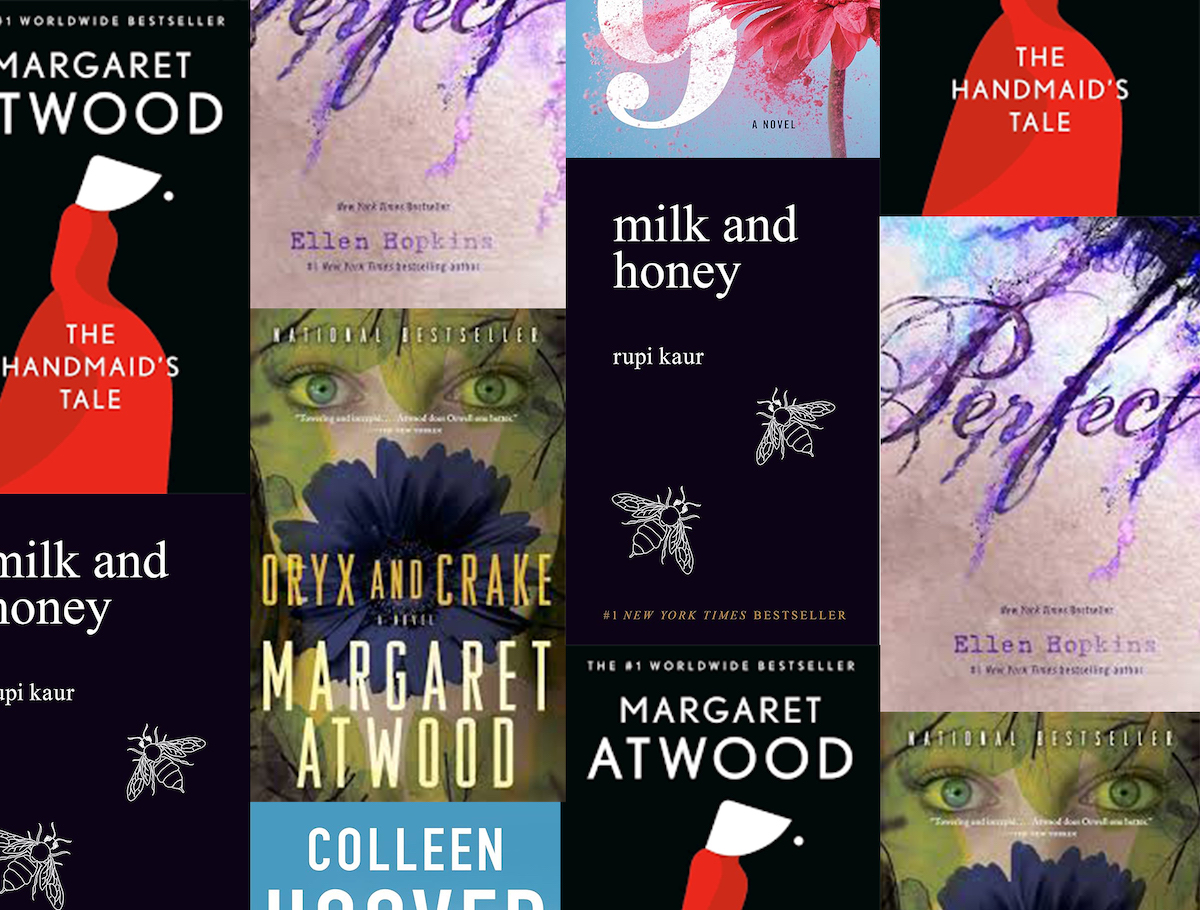Ruling could decide not only whether plans for last year’s law can continue but whether legislators expand it to ‘universal’ school choice
By Seanna Adcox
SCDailyGazette.com
COLUMBIA — Will taxpayer-funded scholarships toward K-12 tuition directly or indirectly benefit the private schools collecting the money? That’s the key question for state Supreme Court justices deciding whether South Carolina’s voucher program can continue.
The state’s high court heard arguments Wednesday, March 6, on a challenge to last year’s law that provides $6,000 scholarships toward tuition, tutoring, transportation and other K-12 school-related expenses.
Attorneys for the South Carolina Education Association and NAACP contend the vouchers violate the state constitution’s ban on public money directly benefiting private schools. Attorneys for Republican lawmakers and the state Education Department counter the law avoids that ban by putting the money into a “trust fund” for parents to allocate.
The number of participants is capped at 5,000 Medicaid-eligible students in the coming school year. But eligibility rises to 15,000 students in higher-income homes by year three — at a cost of $90 million.
It could climb much higher in subsequent years. A proposal advanced Wednesday to the House floor could open eligibility to all students, regardless of income, and increase the scholarship amounts — if the justices decide the existing law is legal.
Chief Justice Don Beatty, who’s retiring this summer, did not hide his disapproval.
“You’re talking about taking $90 million dollars out of public education; $90 million dollars will fund more than 2,200 school teachers in this state, and there’s a shortage of school teachers — 2,200 based on their paltry pay!” he said. “That’s what $90 million would do. This $90M could be used to raise some of those teachers’ pay to get quality teachers in our schools, yet we want to shift all this money to private schools to keep them afloat.”
Justice John Few took an entirely different approach, calling teacher pay an example of an indirect benefit. Money flowing to private schools will allow them to pay their teachers better, probably forcing public schools to respond, he said.
“I simply want to know how to analyze the direct and indirect benefits,” he told an attorney for the opponents.
Allen Nickles, with the opponents, told him to apply the “gold standard.”
“Who gets the gold?” he asked. “In this case, there is gold that goes to private education without restriction on how it can be used.”
But Grayson Lambert, an attorney for Gov. Henry McMaster, said it’s only direct if the government decides which schools get the money. It’s indirect when the parents decide.
As the program is set up, parents can send payments to approved schools, tutoring services and other vendors through an online portal. They cannot withdraw from their account. If any of the $6,000 isn’t spent, the balance can carry over into the next school year.
‘Not a boon?’
But the state Education Department’s attorney suggested $6,000 won’t go very far. Affirming an argument long used by opponents, Miles Coleman told justices $6,000 won’t cover annual tuition costs for most private schools.
“This money isn’t even enough to cover what we think is the cost as a state to educate children,” he said, alleging incorrectly that “the state has determined” $17,000 per child is adequate.
Actually, public schools are projected to spend $17,500 per student this school year, on average, in districts statewide.
However, less than half of that ($8,084) comes from state coffers. Roughly an equal amount comes from local property taxes, while the remainder comes from federal taxes. Revenue varies by district, ranging from a combined $11,600 per student in Dillon 3 (Latta) to $28,100 in Fairfield County, according to the latest report by the state Revenue and Fiscal Affairs Office.
“It’s not some sort of a largess boon to recipients,” Coleman said about the $6,000.
Beatty couldn’t help but interject: “Ninety million dollars is not a boon?”
“Not on an individualized level,” Coleman responded as his time was up.
The superintendent’s role
Under the expansion proposal likely to pass the House and advocated by state Superintendent Ellen Weaver, scholarship amounts in the program would rise yearly in line with increases in allocations to public schools.
Justices questioned the legality of putting the publicly elected state superintendent in charge of overseeing money to private schools.
The law outlines 17 responsibilities of the state education agency in the program’s operation, Beatty said, asking how many state-paid employees are needed to carry those out.
The state constitution requires free public schools for all children and puts a state superintendent at the helm, said acting Justice James Lockemy, a retired judge filling in on the case.
“How in the world can we say a constitutional officer elected by the people with constitutional duties involving public education” should be in charge of a program for private schools, he asked. “My concern is constitutionally putting the superintendent of education in charge of this program.”
Attorneys for the state contend the Legislature has the authority to add duties to Weaver’s job. If that’s a problem, legislators can just create a new state office with someone else in charge, they said.
Public options too?
They likened the K-12 vouchers to existing, popular programs that indirectly aid private schools. Notably, lottery-backed scholarships can be used at any in-state college students choose, whether public or private. And qualifying parents can choose a public or private preschool program.
Similarly, they said, the law allows parents to use their allotment to send their child to another public school.
School districts can charge tuition to accept students who live in another school district, since their parents don’t pay the local property taxes.
Those out-of-district fees can top $6,000, said James Gilliam, attorney for House Speaker Murrell Smith, arguing that public and private schools will compete for the aid.
“These are real dollars,” he said. “These are real choices.”
But when Justice Gary Hill asked for the “practical mechanics” of how that would work, Gilliam’s answer sounded a lot like a longstanding argument from the opposition: Like private schools in the program, public school districts could reject students at will, he said.
“The process is the same,” Gilliam said. Students “need to apply and be accepted by either the out-of-district public school or private school. It would be up to them. There’s no mandate the school has to take them.”
Attorneys for the opponents told justices lack of transportation is among reasons the K-12 program doesn’t offer equal choices between public and private options. If students want to go to another public school, it must be outside their district, which could require significant travel. But there’s no such location limitation on private schools.
The law caps the transportation benefit to $750 of the $6,000.
“This program is not structured in a way that’s neutral in any way and available to all students,” said Ramya Ravindran, attorney for the South Carolina Education Association.
There is no timeline on when justices will rule on the case. In the meantime, plans will continue to start the program this coming school year.
The deadline for parents to apply is March 15.
According to the education agency, applications have already exceeded the 5,000-student cap. Since some applicants could be deemed ineligible, the agency is still encouraging parents to apply. Approved parents will have access to their first quarterly installment of $1,500 in late July.
Who’s applying so far?
A look at who has applied as of March 5 for the taxpayer-funded scholarships toward K-12 private-school tuition:
- 47% self-identified as Black
- 31% white
- 16% multi-racial or declined to answer
- 6% Hispanic
- 58% of students are entering kindergarten through fifth grade
- 22% entering sixth through eighth grades
- 20% entering ninth through 12th grades
Source: S.C. Department of Education
Skylar Laird contributed to this report.
Seanna Adcox is a South Carolina native with three decades of reporting experience. She joined States Newsroom in September 2023 after covering the S.C. Legislature and state politics for 18 years. Her previous employers include The Post and Courier and The Associated Press.











